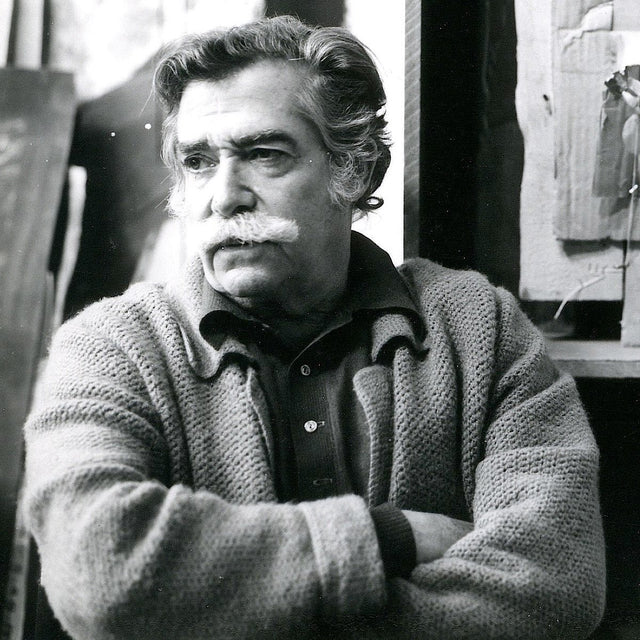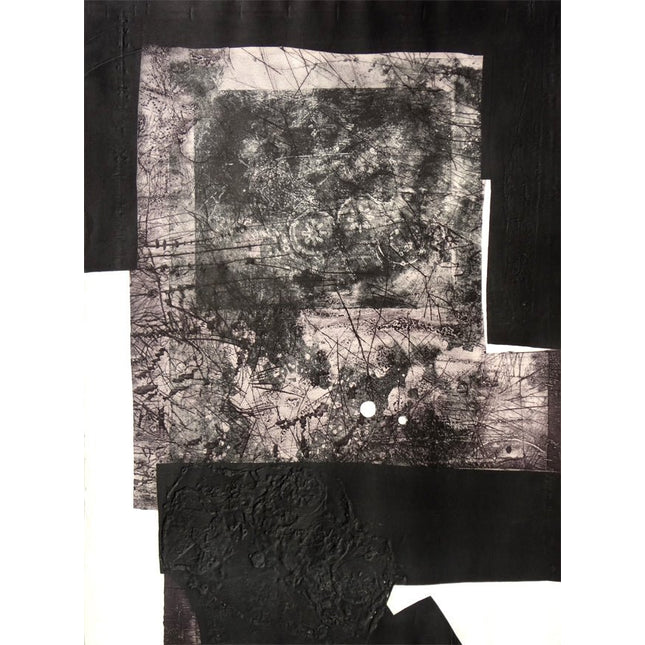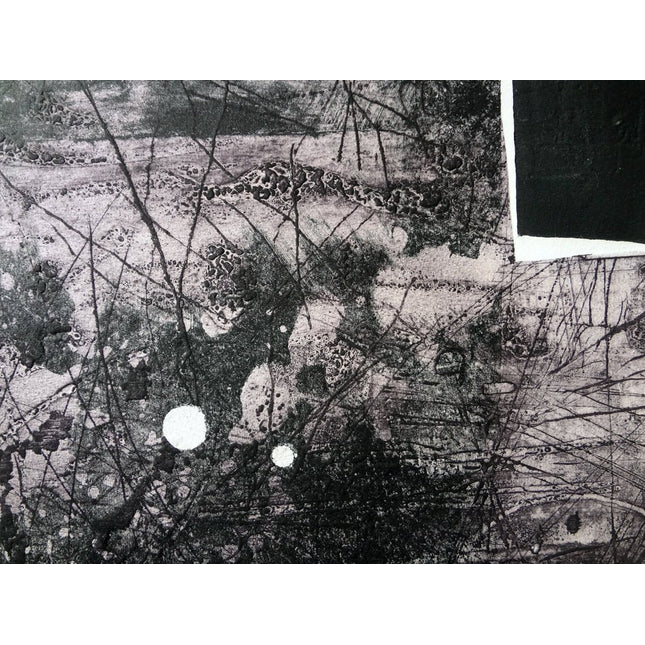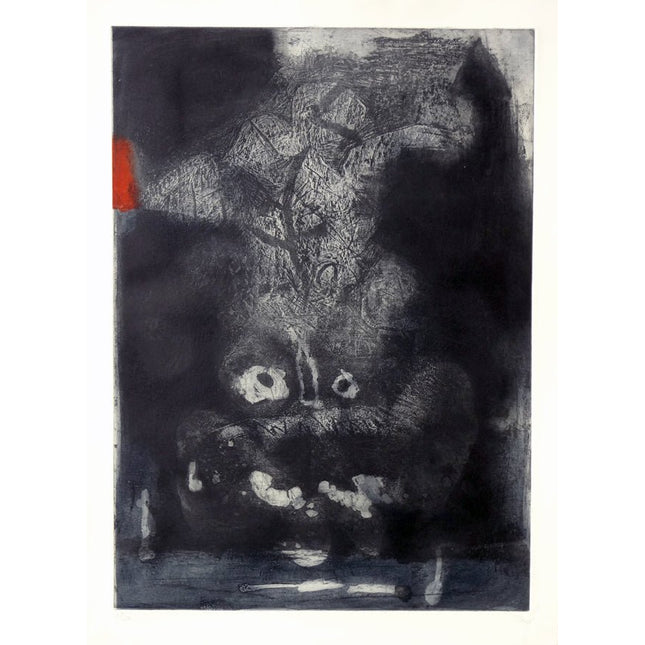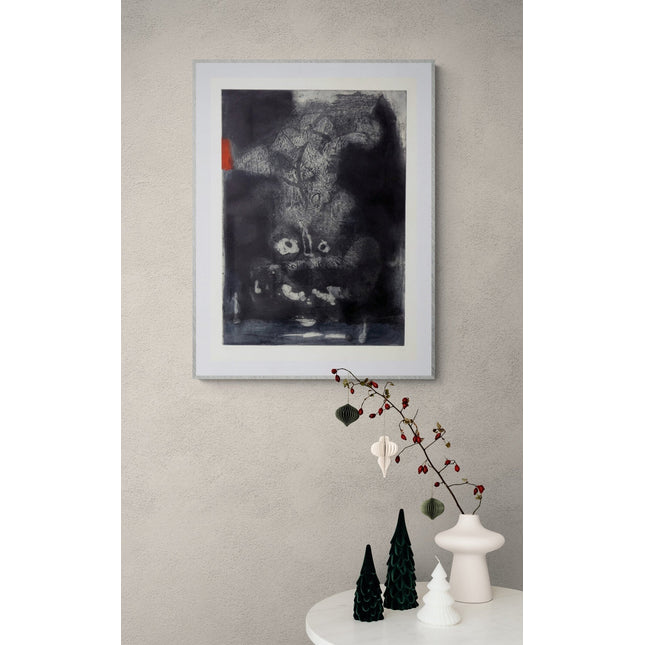Antoni Clave (Barcelona, April 5, 1913 - Saint Tropez, 30 August 2005) was a painter, sculptor and graphic artist of great relevance in the spanish contemporary art scene.
After completing his studies at the School of Art in Barcelona, he began his work doing posters and they stand out mainly in films. The work of these years is noted by a chromatic exaltation. At the end of the Spanish Civil War, in which he fought as a Republican, he was exiled to France where he began his career as an illustrator and theatrical designer. His compositions resemble those of Pierre Bonnard.
In 1944 he befriended Picasso and thereafter produces a less classical work. In the 1950s he worked as set designer for theater and ballet and reaches a high reputation internationally. At he same time he is working as an illustrator for the book "Gargantua y Pantagruel" and develops a medieval iconography that can be recognized through his work with warriors, kings and queens. These grounds were originally realistic but his work evolved into an abstraction by simplifying the lines and using a simple chromatic and very special textures.
In 1952 he was nominated for an Oscar for his work on the sets and costumes for the film "Hans Christian Andersen".
In the 60s his works are influenced by classical and Baroque artists. He makes a tribute to El Greco using the theme of the knight's hand on his chest. During these years his work definitely becomes abstract.
In the 70 Clavé introduced into his works other techniques as collage, or his invention, papier froissé, which is to use a spray on crumpled paper. In 1978 his first retrospective exhibition takes place at the Georges Pompidou Center.
His works are in major museums around the world: Tate Gallery, Center Georges Pompidou, Museum of Modern Art, Tokyo, Centro de Arte Reina Sofía, British Museum, etc.
